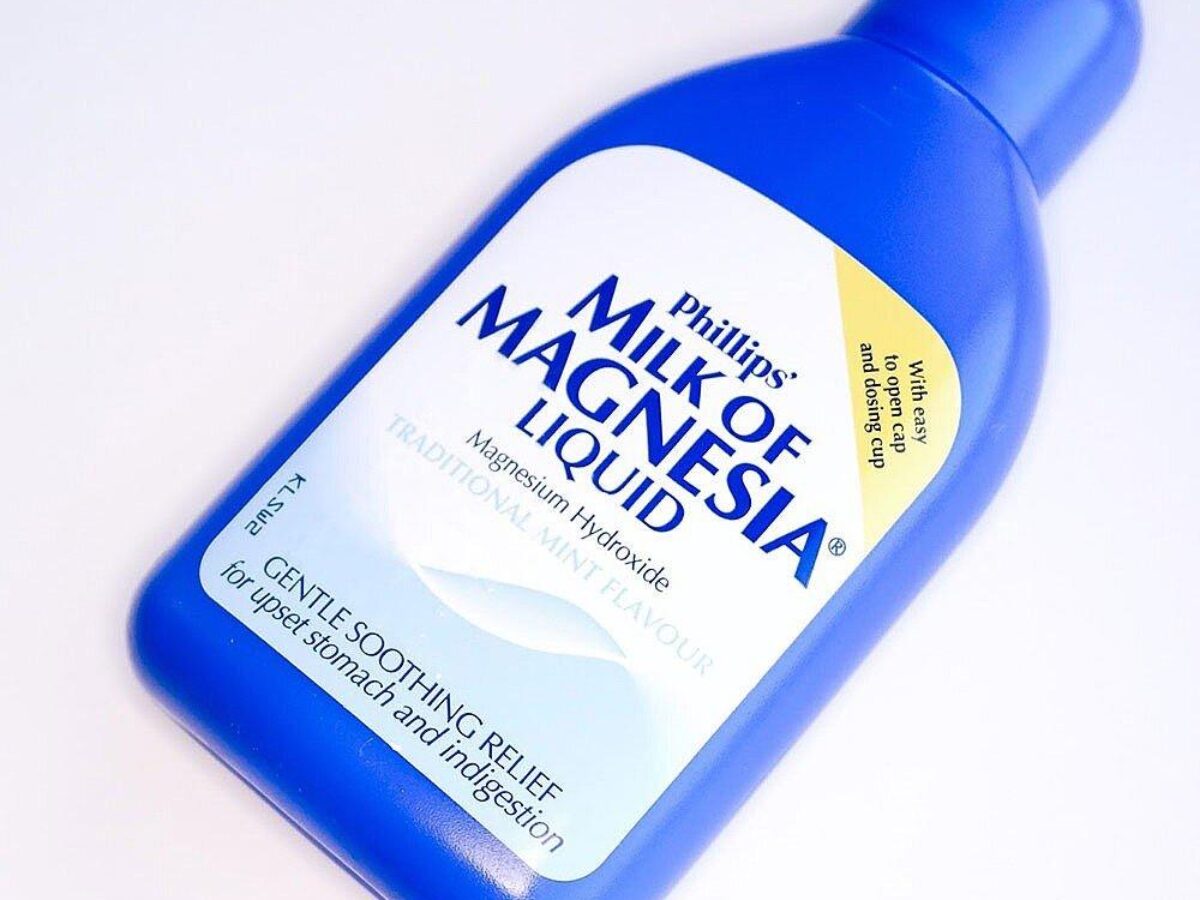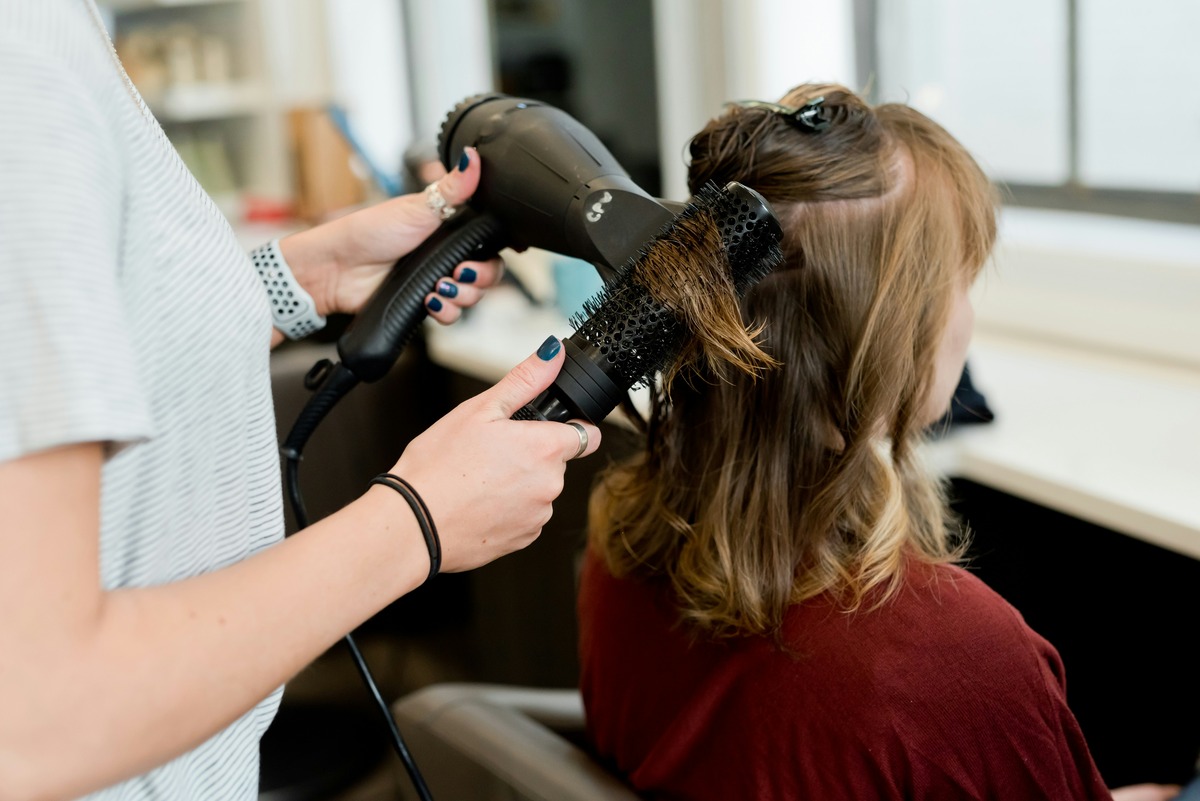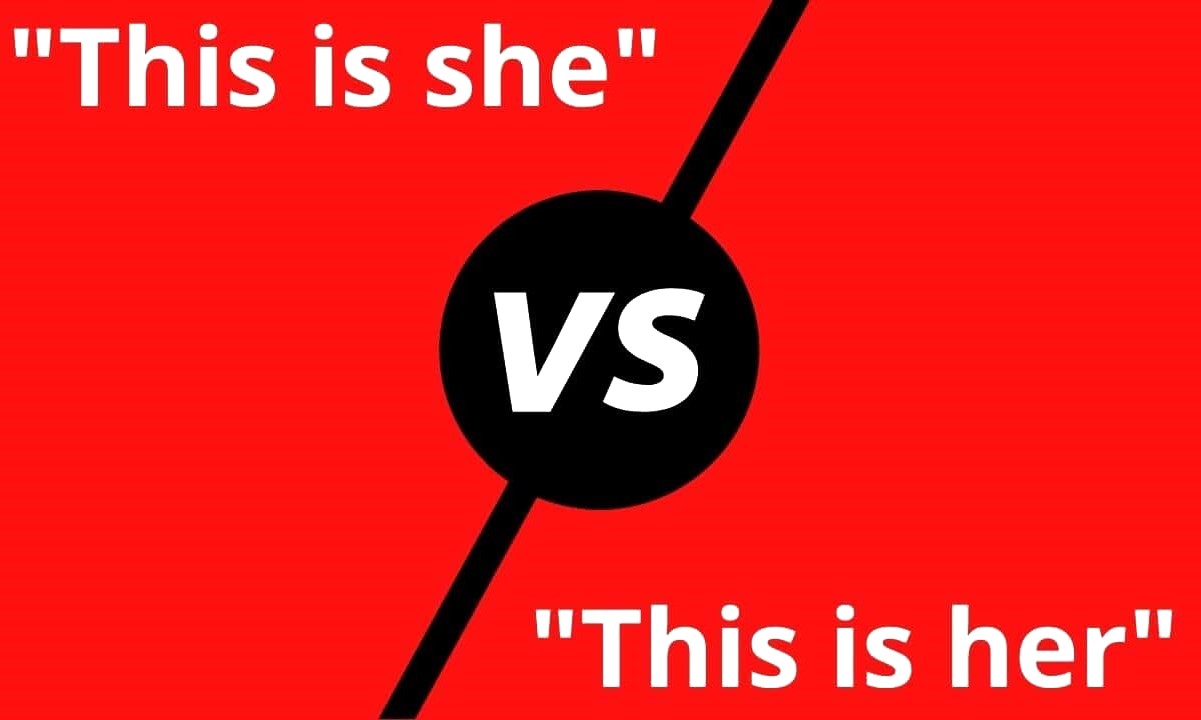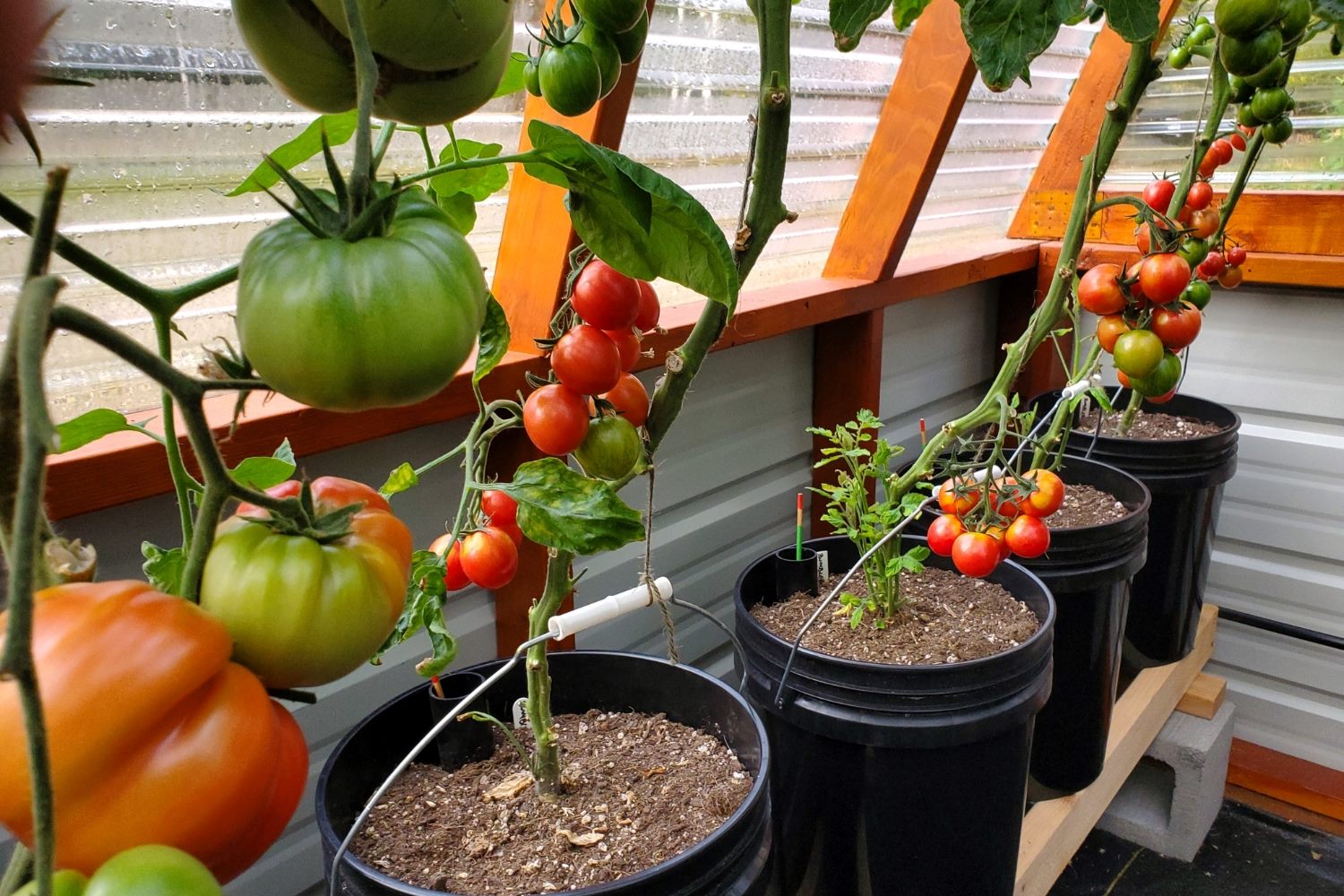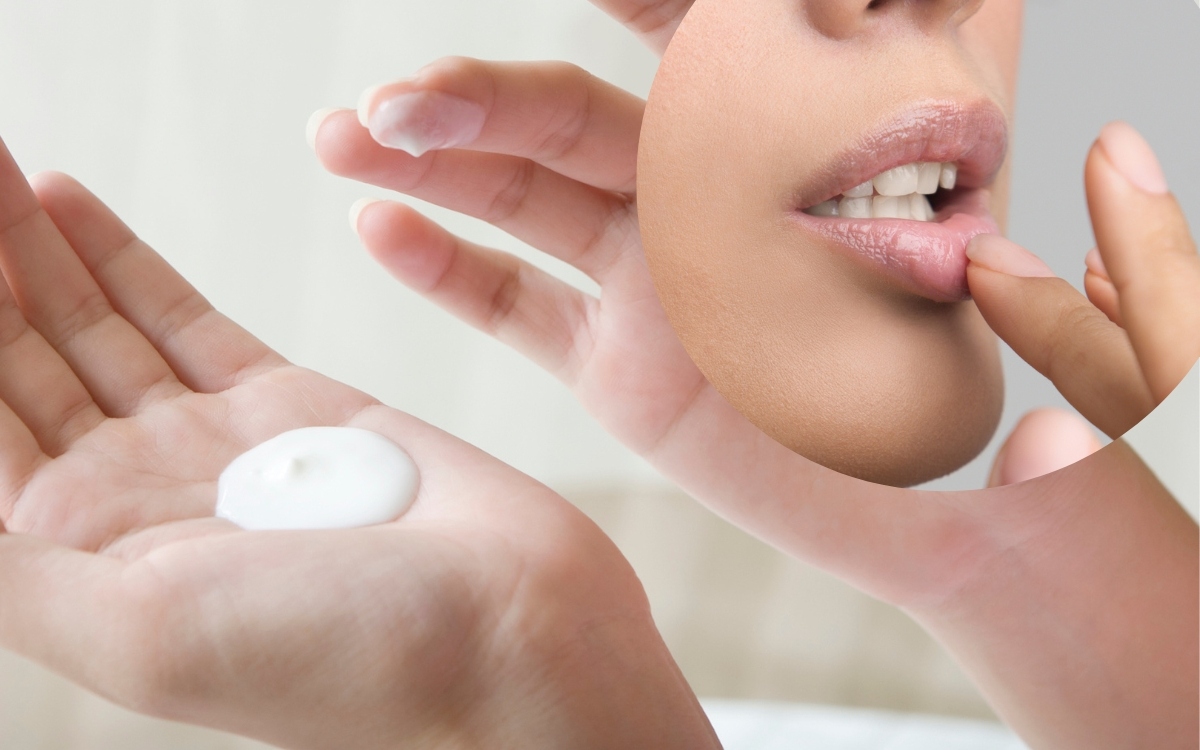Home>Health and Wellness>The Surprising Reason Your Hair Grows At Different Speeds In Winter Vs. Summer


Health and Wellness
The Surprising Reason Your Hair Grows At Different Speeds In Winter Vs. Summer
Published: February 1, 2024
Discover the impact of seasonal changes on hair growth. Learn how to maintain optimal health and wellness for your hair year-round.
(Many of the links in this article redirect to a specific reviewed product. Your purchase of these products through affiliate links helps to generate commission for Noodls.com, at no extra cost. Learn more)
Table of Contents
Introduction
Have you ever noticed that your hair seems to grow at different speeds during the winter and summer months? It's not just your imagination – there's a fascinating scientific reason behind this phenomenon. Understanding the factors that influence hair growth in different seasons can shed light on the intricate relationship between our bodies and the environment.
In this article, we'll delve into the captivating world of hair growth and explore the surprising ways in which winter and summer affect this natural process. From the underlying science of hair growth to the environmental factors that come into play, we'll uncover the secrets behind the fluctuating growth rates of our locks throughout the year.
So, if you've ever wondered why your hair seems to have a mind of its own, growing at varying speeds depending on the season, you're about to discover the intriguing reasons behind this common occurrence. Let's embark on a journey through the science of hair growth and unravel the mysteries of why winter and summer play pivotal roles in shaping the pace at which our hair flourishes.
The Science Behind Hair Growth
Hair growth is a complex and dynamic process that occurs in cycles, encompassing distinct phases that collectively contribute to the length and density of our hair. The primary determinant of hair growth is the hair follicle, an intricate structure deeply embedded in the skin. Each follicle undergoes a continuous cycle consisting of three main phases: anagen, catagen, and telogen.
-
Anagen Phase: This phase marks the active growth period, during which the hair follicle is stimulated to produce new hair. The duration of the anagen phase varies among individuals and is influenced by genetic factors. Hair grows at a rate of approximately half an inch per month during this phase.
-
Catagen Phase: Following the anagen phase, the hair enters a transitional stage known as catagen. This brief phase signals the regression of the hair follicle, during which the hair ceases to grow and becomes detached from the blood supply.
-
Telogen Phase: The telogen phase, often referred to as the resting phase, is the final stage of the hair growth cycle. In this phase, the hair follicle remains dormant for a few months before shedding the existing hair and re-entering the anagen phase to initiate a new cycle of growth.
The intricate interplay of hormones, particularly androgens such as testosterone and dihydrotestosterone (DHT), influences the duration and intensity of each phase of the hair growth cycle. Additionally, the blood supply and nutrient delivery to the hair follicles play a crucial role in sustaining the growth and vitality of the hair.
Moreover, the environment and external factors can impact the hair growth cycle. For instance, exposure to stress, inadequate nutrition, and certain medical conditions can disrupt the delicate balance of the hair growth phases, leading to fluctuations in the rate of hair growth.
Understanding the scientific intricacies of hair growth provides valuable insights into the factors that govern this fundamental aspect of our physiology. By unraveling the complexities of the hair growth cycle, we gain a deeper appreciation for the remarkable biological processes that contribute to the resilience and adaptability of our hair in response to seasonal variations and environmental influences.
Factors Affecting Hair Growth
Various intrinsic and extrinsic factors intricately influence the rate and quality of hair growth. Understanding these determinants is crucial for comprehending the dynamic nature of hair growth and its susceptibility to environmental and physiological influences.
Genetic Predisposition
Genetic predisposition plays a pivotal role in determining an individual's hair growth patterns. The genetic makeup inherited from parents can influence the duration of the anagen phase, which directly impacts the rate at which hair grows. Additionally, genetic factors contribute to the overall thickness, texture, and susceptibility to conditions such as pattern baldness.
Hormonal Imbalance
Hormones, particularly androgens, exert a profound influence on hair growth. Imbalances in hormone levels, such as elevated dihydrotestosterone (DHT) levels, can lead to hair thinning and pattern baldness. Hormonal fluctuations during pregnancy, menopause, and certain medical conditions can also affect the hair growth cycle, leading to temporary or prolonged disruptions in the rate of hair growth.
Nutrition and Diet
Adequate nutrition is essential for sustaining healthy hair growth. Nutrient deficiencies, particularly in essential vitamins and minerals such as biotin, vitamin D, and iron, can impede the hair growth cycle, leading to weakened, brittle hair and potential hair loss. Conversely, a balanced diet rich in protein, vitamins, and minerals promotes optimal hair growth and vitality.
Environmental Factors
Environmental elements, including exposure to ultraviolet (UV) radiation, pollution, and harsh weather conditions, can impact hair growth. UV radiation can damage the hair shaft and scalp, potentially leading to dryness and reduced hair growth. Furthermore, exposure to pollutants and toxins can compromise the overall health of the scalp and hair follicles, hindering the natural growth process.
Stress and Psychological Factors
Psychological stress and emotional turmoil can manifest physically, affecting the hair growth cycle. Chronic stress can disrupt hormone levels and blood circulation to the scalp, contributing to hair thinning and reduced growth. Additionally, conditions such as trichotillomania, characterized by compulsive hair pulling, can severely impede the natural growth of hair.
Age and Health Conditions
Advancing age and certain health conditions can influence hair growth. As individuals age, the hair growth cycle may slow down, leading to reduced growth rates and potential thinning. Additionally, underlying health conditions such as thyroid disorders and autoimmune diseases can impact the hair growth cycle, resulting in hair loss and diminished growth.
Understanding the multifaceted factors that affect hair growth underscores the intricate interplay of genetic, environmental, and physiological elements in shaping the resilience and vitality of our hair. By recognizing the diverse influences on hair growth, we gain valuable insights into fostering optimal conditions for maintaining healthy and robust hair throughout the year.
How Winter Affects Hair Growth
During the winter months, the fluctuating environmental conditions can exert a noticeable impact on the rate and quality of hair growth. The combination of cold, dry air and indoor heating can create a challenging environment for the scalp and hair follicles, potentially leading to a range of effects on hair growth.
Reduced Blood Circulation
The cold weather constricts blood vessels in the scalp, diminishing the flow of oxygen and essential nutrients to the hair follicles. This reduced blood circulation can impede the anagen phase of the hair growth cycle, leading to slower growth rates and potential shedding of hair. Furthermore, the scalp may experience dryness and flakiness due to the decreased blood flow, creating an unfavorable environment for robust hair growth.
Dryness and Brittle Hair
The winter air tends to be drier, resulting in decreased moisture levels in both the scalp and hair. This can lead to dry, brittle hair that is more prone to breakage and split ends. The lack of humidity in the air can cause the hair shaft to become dehydrated, diminishing its elasticity and resilience. As a result, the overall growth and appearance of the hair may be compromised during the winter season.
Scalp Health and Hydration
The combination of cold outdoor air and indoor heating can disrupt the natural balance of the scalp, potentially leading to dryness and irritation. The scalp's protective barrier may become compromised, making it susceptible to flakiness and discomfort. Additionally, the use of heating systems indoors can further deplete moisture from the air, contributing to scalp dryness and potential hindrances to the hair growth cycle.
Seasonal Shedding
Some individuals may experience seasonal shedding during the transition from autumn to winter. This shedding is a natural response to the changing environmental conditions and is often attributed to the body's adaptation to the seasonal variations. While this shedding is typically temporary, it can contribute to the perception of slower hair growth during the winter months.
Protective Styling and Hair Care
In response to the challenges posed by winter, individuals may opt for protective hairstyles and tailored hair care routines to mitigate the potential impact on hair growth. Protective styles, such as braids or buns, can shield the hair from harsh weather and reduce exposure to damaging elements. Additionally, using hydrating hair care products and incorporating scalp massages can help maintain optimal scalp health and support the resilience of the hair during the winter season.
Understanding the effects of winter on hair growth empowers individuals to adopt proactive measures to nurture and protect their hair during the colder months. By recognizing the unique challenges posed by winter and implementing targeted hair care strategies, individuals can promote healthy and vibrant hair growth, ensuring that their locks thrive despite the seasonal fluctuations.
How Summer Affects Hair Growth
The arrival of summer brings a myriad of environmental changes that can significantly influence the dynamics of hair growth. Understanding the distinctive effects of summer on hair growth is essential for adapting hair care practices to optimize growth and maintain healthy, vibrant locks throughout the season.
Increased Sun Exposure
One of the defining features of summer is prolonged exposure to sunlight, which can impact the hair in various ways. Ultraviolet (UV) radiation from the sun can penetrate the hair cuticle, leading to structural damage and protein degradation. This exposure may result in dry, brittle hair that is more susceptible to breakage and split ends. Furthermore, UV radiation can compromise the scalp's health, potentially disrupting the natural balance and vitality of the hair follicles.
Hydration and Moisture Balance
The higher temperatures and increased outdoor activities during summer can lead to elevated perspiration and potential dehydration. Maintaining optimal hydration is crucial for sustaining healthy hair growth, as adequate moisture levels contribute to the suppleness and strength of the hair. However, excessive sweating and inadequate hydration can lead to scalp dryness and potential impediments to the hair growth cycle. Additionally, exposure to chlorinated pool water or saltwater at the beach can further impact the moisture balance of the hair, necessitating targeted care to mitigate potential damage.
Scalp Health and Circulation
The warmer climate of summer can stimulate increased blood circulation to the scalp, promoting nutrient delivery to the hair follicles and potentially enhancing the anagen phase of the hair growth cycle. Improved circulation can support robust hair growth and contribute to the overall vitality of the hair. However, excessive sweating and the accumulation of sweat and sebum on the scalp can create an environment conducive to bacterial and fungal growth, potentially leading to scalp issues that can hinder the natural growth of hair.
Seasonal Shedding and Regeneration
Some individuals may experience seasonal shedding during the transition to summer, a phenomenon linked to the body's response to environmental changes. This shedding is a natural process that allows the hair to adapt to the seasonal variations, making way for the growth of new, healthy strands. While seasonal shedding can lead to the perception of reduced hair density, it is an intrinsic mechanism that facilitates the renewal and regeneration of the hair.
Protective Measures and Hair Care Practices
In response to the unique challenges posed by summer, adopting protective measures and tailored hair care practices is essential for nurturing and safeguarding the hair. Utilizing UV-protective hair products, wearing hats or scarves to shield the hair and scalp from direct sunlight, and incorporating deep conditioning treatments to replenish moisture can help mitigate the potential impact of summer on hair growth. Furthermore, maintaining a balanced and nutritious diet, rich in hydration-promoting foods, can support the overall health and resilience of the hair during the summer months.
Understanding the diverse effects of summer on hair growth empowers individuals to implement proactive strategies to preserve the health and vibrancy of their hair throughout the season. By recognizing the distinct influences of summer and embracing targeted hair care practices, individuals can promote optimal hair growth and ensure that their locks thrive amidst the seasonal transitions.
Conclusion
In essence, the intricate interplay between our bodies and the changing seasons orchestrates a captivating symphony of influences on the rate and quality of hair growth. From the scientific intricacies of the hair growth cycle to the multifaceted factors that shape its resilience, the journey through the dynamics of hair growth reveals a remarkable fusion of biological, environmental, and physiological elements.
As winter casts its chilly embrace, the challenges of reduced blood circulation, dryness, and seasonal shedding can impact the pace of hair growth, necessitating tailored care to nurture the hair amidst the harsh environmental conditions. Protective styling and targeted hydration become essential strategies for safeguarding the health and vitality of the hair during the winter months.
Conversely, the arrival of summer heralds a distinct set of influences, characterized by increased sun exposure, hydration dynamics, and seasonal shedding. Embracing protective measures and promoting scalp health through targeted care practices equips individuals to navigate the unique challenges of summer and sustain optimal hair growth throughout the season.
The understanding of these seasonal nuances empowers individuals to embrace proactive hair care strategies tailored to the specific demands of each season. By recognizing the interplay of genetic predisposition, hormonal balance, nutrition, environmental factors, and psychological influences on hair growth, individuals can cultivate an environment conducive to robust and vibrant hair growth year-round.
Ultimately, the journey through the surprising reasons behind the differential growth rates of hair in winter versus summer unveils an intricate tapestry of influences that shape the resilience and vitality of our locks. By embracing targeted care practices, nurturing scalp health, and adapting to the seasonal variations, individuals can foster a harmonious relationship between their hair and the ever-changing world around them, ensuring that their locks flourish with vitality and radiance throughout the year.


